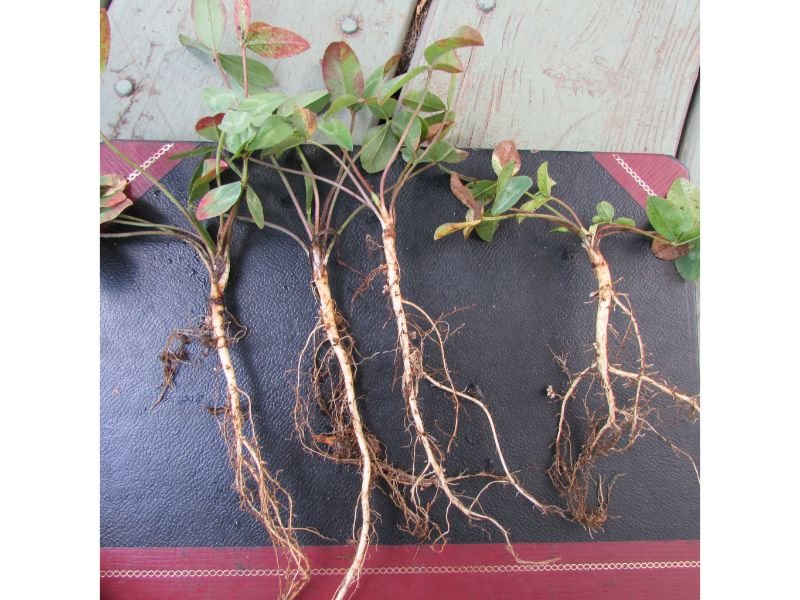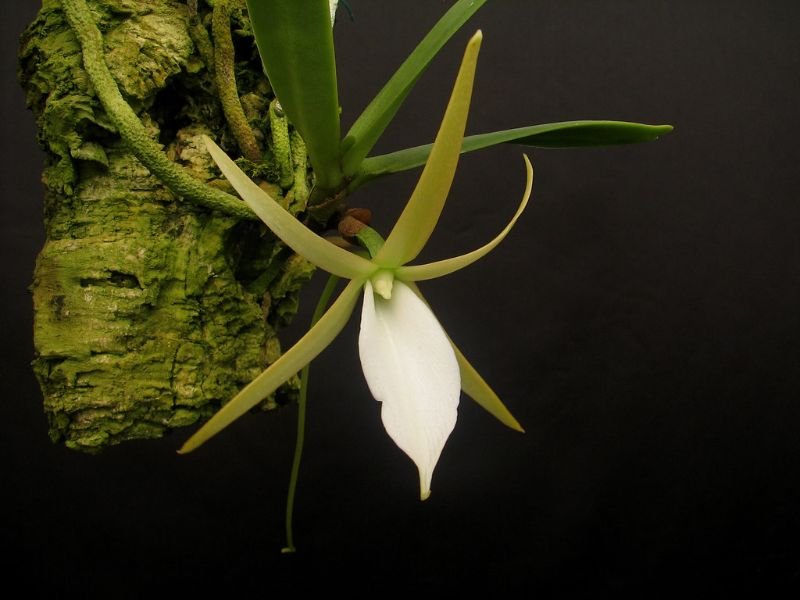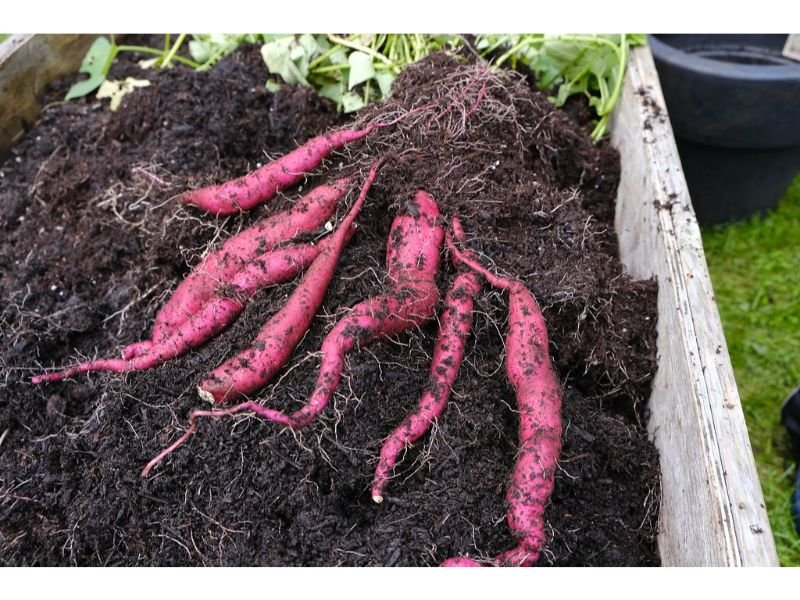Flowers are a beautiful and essential part of the natural world, and their root systems play a crucial role in their growth and survival. There are several types of root systems that flowers can have, each with its own unique benefits and potential disadvantages.
Table of Contents
Taproots

These roots grow vertically downward and are usually thick and strong. They anchor the plant in the soil and also store nutrients. The main advantage of taproots is that they provide a strong anchor for the plant, helping it to stand upright and resist wind and other forces that can cause it to tip over. They also allow the plant to access deep soil layers where water and nutrients may be more readily available. One potential disadvantage of taproots is that they may be difficult to transplant, as they can be damaged if not handled carefully.
Some well-known plants with taproots systems are Carrots, beets, radishes, and dandelions.
Fibrous roots

These roots grow horizontally and are typically thin and branching. They anchor the plant in the soil and absorb water and nutrients from the surrounding soil. The main advantage of fibrous roots is that they allow the plant to absorb a large amount of water and nutrients from the soil, making them well-suited to plants growing in shallow or nutrient-poor soils. They also make it easier for the plant to spread and colonize new areas. One potential disadvantage of fibrous roots is that they may not provide as strong an anchor as taproots, making the plant more susceptible to being knocked over by strong winds or other forces.
Some well-known plants with Fibrous root systems are Grasses, clovers, and most other herbaceous plants.
Adventitious roots

These roots grow from stems or leaves rather than from the plant’s primary root system. They are typically used for support and to anchor the plant in soil. The main advantage of adventitious roots is that they allow the plant to anchor itself in soil or other surfaces where it might not have access to a traditional root system. They are also useful for plants that need to grow in unstable or temporary habitats, as they can quickly establish a strong anchor. One potential disadvantage of adventitious roots is that they may not be as efficient at absorbing water and nutrients as other types of roots, depending on the specific plant and its environment.
Some well-known plants with Adventitious root systems are ivy, bromeliads, and orchids.
Rhizomes

These roots grow horizontally underground and produce new shoots and roots as they grow. They allow the plant to spread and reproduce vegetatively. The main advantage of rhizomes is that they allow the plant to spread and reproduce vegetatively, which can be an efficient and effective way for some plants to colonize new areas. They also allow the plant to store nutrients and survive periods of stress or adverse conditions. One potential disadvantage of rhizomes is that they can be difficult to control and may spread aggressively, potentially becoming invasive in some environments.
Some well-known plants with Rhizomes root systems are Iris, lily of the valley, and bamboo.
Tubers

These swollen roots are used for storage and reproduction. They are typically found in plants that grow from bulbs, such as lilies and daffodils. The main advantage of tubers is that they allow the plant to store nutrients and survive periods of stress or adverse conditions. They also allow the plant to reproduce vegetatively, which can be an efficient and effective way for some plants to colonize new areas. One potential disadvantage of tubers is that they may be vulnerable to pests or diseases that can damage or destroy the plant.
Some well-known plants with Tubers root systems are Daffodils, tulips, and lilies.
Stolons

These roots grow horizontally above ground and produce new plants at the nodes where they touch the ground. They are commonly found in grasses and some other herbaceous plants. The main advantage of stolons is that they allow the plant to spread and reproduce vegetatively, which can be an efficient and effective way for some plants to colonize new areas. They also allow the plant to survive periods of stress or adverse conditions by producing new shoots and roots. One potential disadvantage of stolons is that they may be vulnerable to pests or diseases that can damage or destroy the plant. Additionally, stolons may not provide as strong an anchor as others.
Some well-known plants with Stolons root systems are Strawberry plants and some species of grasses.
To conclude, the type of root system that a flowering plant has can greatly impact its growth and survival. Taproots provide a strong anchor and allow the plant to access deep soil layers, fibrous roots absorb a large amount of water and nutrients, adventitious roots anchor the plant in soil or other surfaces, rhizomes allow the plant to spread and reproduce vegetatively, tubers store nutrients and allow the plant to reproduce, and stolons allow the plant to spread and reproduce vegetatively while also providing some support. Understanding the different types of root systems and how they function can help gardeners and horticulturists make informed decisions about which plants to cultivate and how to care for them.

Gardening is my passion and growing plants indoors has always been a stress relief for me. Grow a banana tree in my apartment once (although failed to produce bananas).






